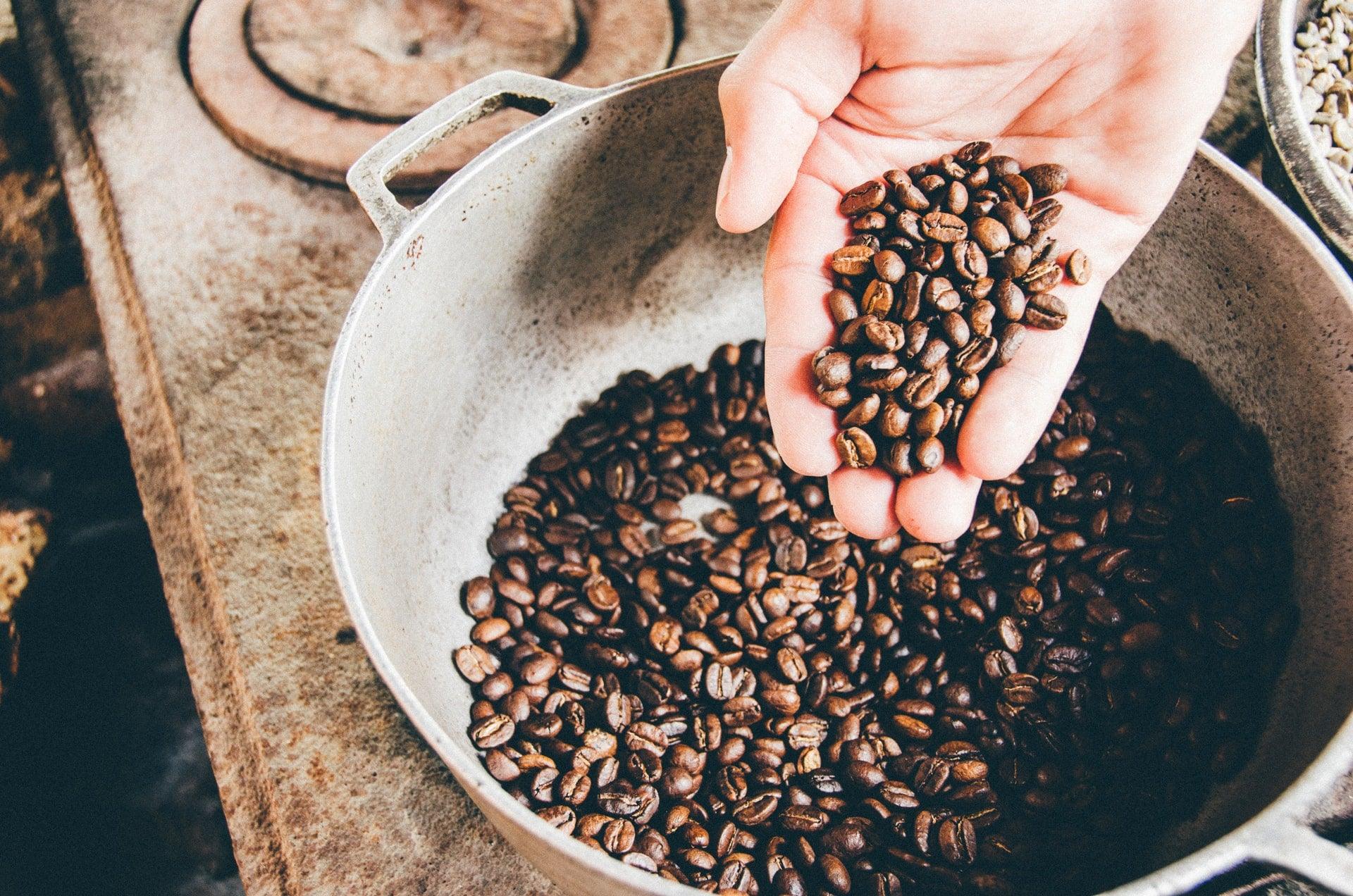Organic Coffee Beans | The Origins of the Humble Green Bean
You know that feeling when you first wake up and your eyes are still heavy with sleep, but you need to get going? You reach for the nearest cup of coffee and take a sip. That invigorating, yet calming aroma fills your senses and suddenly you're wide awake. Coffee is more than just a morning pick-me-up. It's a beverage with a rich history and culture that spans the globe. Whether you're a coffee lover or just curious about this iconic drink, read on for rich deep dive into the history and background of modern day organic coffee and the origins of the beans
The History of Organic Coffee Beans
Once upon a time, coffee was a simple bean. Green, unroasted and imported from Arabia, these beans were a far cry from the frappuccinos and iced coffees of today. In fact, they were so bitter that they were often boiled in water to make them more palatable. It wasn't until the 16th century that coffee began to be roasted, and it wasn't until the 18th century that it became popular in Europe. Today, coffee is one of the most popular beverages in the world, and it all started with a humble bean.

Photo by Nguyen Tong Hai Van on Unsplash
What is a Green Coffee Bean?
Green coffee beans are coffee seeds that have not yet been roasted. The roasting process of coffee beans reduces amounts of the chemical chlorogenic acid. Thus, green coffee beans have a higher level of chlorogenic acid compared to regular, roasted coffee beans. Chlorogenic acid is thought to have health benefits. For example, it is a strong antioxidant and also seems to affect how the body processes blood sugar. In some cases green coffee beans are sometimes taken as a dietary supplement.

Photo by Katya Ross on Unsplash
Where did coffee originate from?
Arabica coffee beans are one of the two most popular types of coffee beans in the world, accounting for about 60% of global production. They are native to Ethiopia and were first imported into Arabia in the 1600s by Sufi monks. Arabica coffee plants are tall (up to 10 feet), with long, thin leaves, and produce small, round berries. The berries turn red when they mature and contain two seeds (coffee beans). Arabica coffee beans are used to produce some of the best coffee.

Photo by Michael Burrows
How did they drink coffee?
Since its discovery, coffee has been brewed and consumed in a variety of ways. The earliest record of coffee drinking comes from the 15th century, when Arabian physician Abu Ali ibn Sina wrote about a "black beverage" made from roasted coffee beans. This early form of coffee was probably quite different from the coffee we know today, as the beans were likely roasted over an open fire and then ground into a powder. This powder was then boiled in water to make a thick, bitter drink. Coffee drinking spread from the Arabian peninsula to other parts of the world, and by the 17th century it had become popular in Europe as well. At first, European coffee was often made with chicory or other additives, but eventually arabica coffee became the norm. Today, coffee is brewed in a variety of ways, from simple drip machines to more complex espresso makers. For the everyday joe coffee pods are the norm, and more now than ever being environmentally conscious biodegradable coffee pods.

Photo by Dziana Hasanbekava:
The Origins of the modern day coffee
Coffee is now the most popular beverage in the world, but it wasn't always that way. In fact, coffee's popularity is a relatively recent phenomenon. Coffee first became widely known in the Western world during the 17th century, when traders brought coffee beans back from their travels to the Arabian Peninsula. At that time, coffee was mostly used for medicinal purposes. It wasn't until the 18th century that coffee began to be consumed for pleasure, and even then it was mostly limited to wealthy Europeans. The rise of coffeehouses helped to spread coffee culture, and by the 19th century, coffee was being consumed by people of all classes. The discovery of arabica coffee - which is now the most popular type of coffee - in Ethiopia in the late 1800s further boosted its popularity. Since then, coffee has only continued to grow in popularity, and it shows no signs of slowing down.

Photo by Cathryn Lavery on Unsplash
How does one coffee differ from another if its all from the same source?
Yes, the beans are the same, and sure they are packaged in the same way. However, the unique component comes with the exploration of roasting styles. Your locally roasted beans will differ from the beans roasted at another roaster. Hence, why it is important to have the right origins of beans and the right type of roasting style to lead to the common caffeine satisfaction.
 Photo by Yanapi Senaud on Unsplash
Photo by Yanapi Senaud on Unsplash


